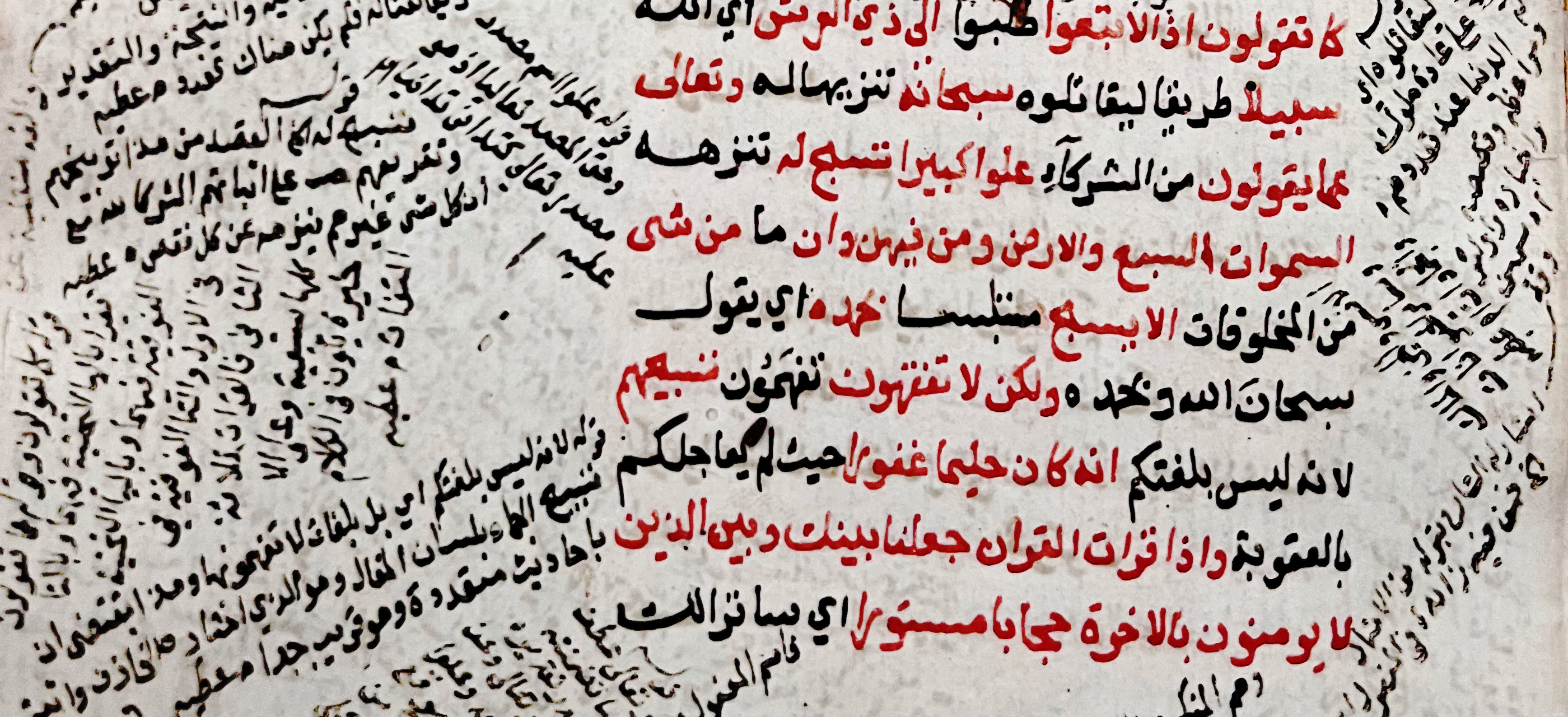Comparative Study of Intimacy Between Millennial Vernacular Islamic Habitat of M’zab and Standardized Modern Habitat
Contenu
- Titre
- Comparative Study of Intimacy Between Millennial Vernacular Islamic Habitat of M’zab and Standardized Modern Habitat
- Créateur
- Krimo, Dahmani
- Sujet
- Architecture -- Mzab
- Résumé
- Understanding intimacy within a habitat is crucial to deciphering its human and social dynamics. Human habitation's conceptual and poetic content inspires both the creation and philosophical thinking of societies. Heidegger connected art, space, and architecture of human habitation by responding to the aspirations of their inhabitants. In this sense, private life constitutes a boundary between private and public family life. In Islamic architecture, this sustainable concept is intergenerational, translating sensory experiences into spatial design. We aim to quantify this concept by comparing Islamic and modern architecture. By integrating ophthalmology calculations, those of J. Panero and M. Zelnik, and the interpersonal communication thresholds of Hall and Moore, we calculated the dynamics of spatial and superficial intimacy based on gender. Differences have been observed between Mozabite Islamic architecture in Algeria, recognized as a UNESCO World Heritage Site, and modern architecture. According to Shannon and Weaver, the information is coded messages and measurable quantities. The internalization or exteriorization of intimacy is essential to understand its vernacular or modern typology. The resonance of gender frequencies undoubtedly forms the basis of a relatively effective strategy for protecting privacy within human habitats. This approach facilitated the development of a sensory imprint for the opulent vernacular Islamic habitat of M'Zab.
- Est une partie de
- Journal of Islamic Architecture
- volume
- 8
- numéro
- 3
- pages
- 780-794
- Date
- 2025
- Langue
- eng
- doi
- 10.18860/jia.v8i3.25675
- issn
- 2356-4644
Position : 47587 (9 vues)

